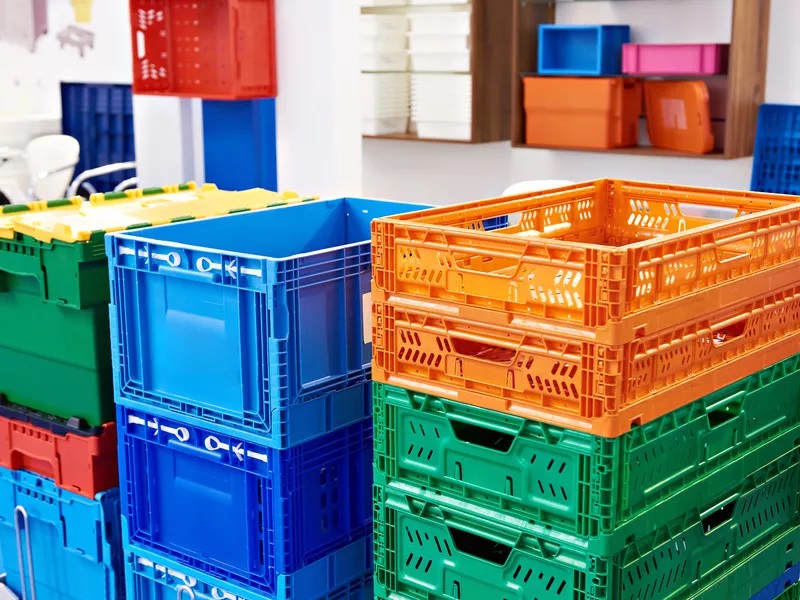The basket is undoubtedly among humankind’s most ancient art forms. It is rightly seen as an ethnic and cultural icon that represents so many things apart from its decoration and usefulness. It comes in all forms from those rigid boxes to mesh sacks. It is also size agnostic with plenty of examples of the bulkiest baskets to the tiniest ones.
HandmadeVs. Machine
Although many baskets are manufactured by machines, however, the tradition of weaving those intricate pieces of art and craft hasn’t gone out completely. Several villages, towns, and even cities are still replete with examples of people running cottage industries of making these objects by hand. An individual basket (ตะกร้า, which is the term in Thai) manufacturer gives it its shape while weaving several patterns on them which makes them more unique and personalized than anything else.
Uses
It would be correct to say that these objects have been a part of our humankind since long back. It is certainly present in the heritage of several native civilizations with the make and feel of these differing considerably across these groups. But the usage is not very different. It is still used to gather, store and even serve food and liquid (provided that those baskets are waterproofed.
The Basket-making techniques have also resulted in inventions like Openwork baskets that function as filters (for tea), sieves, and strainers. Apart from that the wide variety and differing construction have also made baskets extremely useful when it comes to decorations both in primitive cultures as well as today’s modern households.
Raw Materials
The Raw materials that are used to make baskets are diversified among a wide range of plant fibers that also include roots, cane, twigs, and grasses. The use of concentrated cloth dyes for this purpose is also very common. Many vegetable dyes are also put to use for designing unique colorations to replicate the look and feel of historic baskets. Apart from that it also used wood especially when these baskets need solid handles or bottoms. Tools like saws, knives, and beaters are also needed to hammer or bend the willow. The manufacturing process also requires a tub for soaking fibers.
Conclusion
Many traditional baskets have been replaced by cartons made from cardboard, synthetics, plywood, or lightweight metal alloys. Even then its demand and need continue to grow. This is not only for historical purposes or as collectibles but also for daily usage. So the demand for these objects has remained robust even after the passage of centuries since it was first made.











